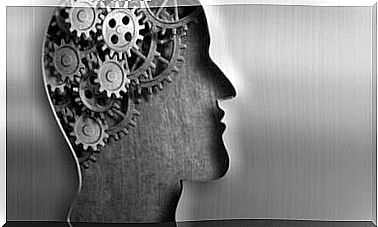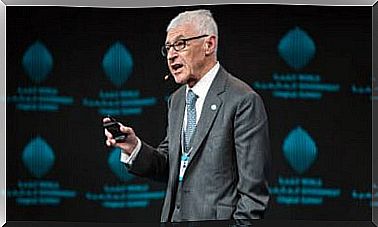Kurt Lewin’s Leadership Experiment

Kurt Lewin’s leadership experiment is a clear practical example of social psychology. This field studies the way in which people influence each other.
We are social beings and the social environment is a point of reference for our development. The leadership experiment arises from the need to explain how such an environment can turn adverse in the context of a Europe battered by fascism.
To know the relevance of this experiment, it is essential to know its author. Lewin was a prominent 20th century German psychologist and philosopher. At present, he is considered one of the pioneers of group psychology from an experimental approach.
The Leadership experiment
Obedience, social control and masses blind and willing to justify any atrocity were the symptoms of the 20th century that motivated the experiment.
Within social psychology the question arose , what conditions lead subjects to be so influenced by a leader? Lewin, a refugee from Nazi Germany, set out to experimentally demonstrate the power of leaders.

Lewin’s dynamic approach
In the 30s and 40s of the 20th century, the foundations of modern social psychology were founded. Lewin and his collaborators focused their studies on human experiments while other branches of science were limited to animal studies.
The concern that motivated these studies was the ability of dictators to control subjects, giving them a uniform and giving them an identity as members of a group.
First part of the experiment
In 1939 Lewin and his collaborators applied the leadership experiment. They established three types of leadership in three different groups of children in order to observe the effect that was produced.
Three groups of children met after school with their respective leader, who had been trained to exercise authority in a specific way.
- Autocratic leader : He made all the decisions of the group.
- Liberal leader : He gave the group total freedom without practically any guide.
- Democratic leader : Actively encouraged and helped the group make decisions.
Every six weeks the leader changed groups. This rotation was produced so that each group of children experienced the three types of leadership.
Experiment results
The results showed a great variation in the behavior of the group around the modality of the leader on duty. Briefly, the following main effects were observed:
- Autocratic leader. Under the leadership of this leader, the children worked harder, but only when the leader was watching over them. They also showed a more aggressive and hostile behavior towards each other, accompanied by a great submission to the leader.
- Liberal leader. Under this leadership, the children did as little work as possible and with poorer quality. Absolute freedom without guidance of any kind led to lack of control, showing various maladaptive behaviors.
- Democratic leader. With democratic leadership, the children showed the highest levels of motivation, originality, and dynamism. Likewise, the way of relating between the children was cordial and with praise.
An encouraging result for those times
Seeing that the democratic-led group performed better in the leadership experiment, the researchers were relieved. Well, in those days, the world debated the idea of which regime was better for society.
This debate was not merely academic, but involved the entire planet, to the point that positions were at war.
Behavior: the sum of the individual and his environment
The experiment was based on the type of leadership and the social conditions that were generated from it and not on the personality type of the individuals.
So, the fact that well-defined behavior patterns were present independently of the subject’s personality leads us to two conclusions :
- The subject is shaped by his social environment. The type of context and participation in groups and tasks are internalized by the subject.
- The subject is not completely master of his actions. It is also the environment that can shape the way in which the subject exercises its basic activities.
The conclusions of the experiment
The experiment had some weak points at a methodological level; for example, not all groups experienced leadership types in the same order.
On the other hand, the results were clear and expressed a clear symptom of the society in those times. Human beings tend to group together and delegate decisions to a leader, but this situation often works against us.

The experiment today
It is difficult to imagine an experiment of this type today, since the world is not so polarized with respect to the management model of society.
Despite this, we are not exempt from social unease and inequality, which together, adding a bad memory, creates the conditions for the reappearance of fascism in various European countries. So, we can conclude by pointing out three points:
- Groups where there is an authoritarian leader tend to be very effective at first, but the lack of freedom and the impossibility of exchange causes social unrest and hostility. In addition, the delegation of power to a single individual makes any mistake have fatal consequences.
- Fully liberal regimes can lead to total disorganization, ineffectiveness, and exploitation of the situation by a small group.
- Democracy is the only model in which exchange and participation are encouraged. The problem arises when these fundamentals are not applied in practice, generating great social discontent.









